For more than five centuries, the Niña, the Pinta, and the Santa Maria have sailed through our imaginations as much as they once cut across the Atlantic. Their voyages reshaped the world, but their own endings were messy, murky, and oddly unfinished. The Santa Maria famously ended on a reef; the Niña and Pinta limped home into legend. Today, scientists, divers, and historians are piecing together how these vessels lived and died, and what their stories reveal about the collision of cultures that followed. It’s a detective story set in saltwater and shifting sand, where the evidence is fragile, the myths are loud, and the stakes reach far beyond three wooden hulls.
The Last Night of the Santa Maria
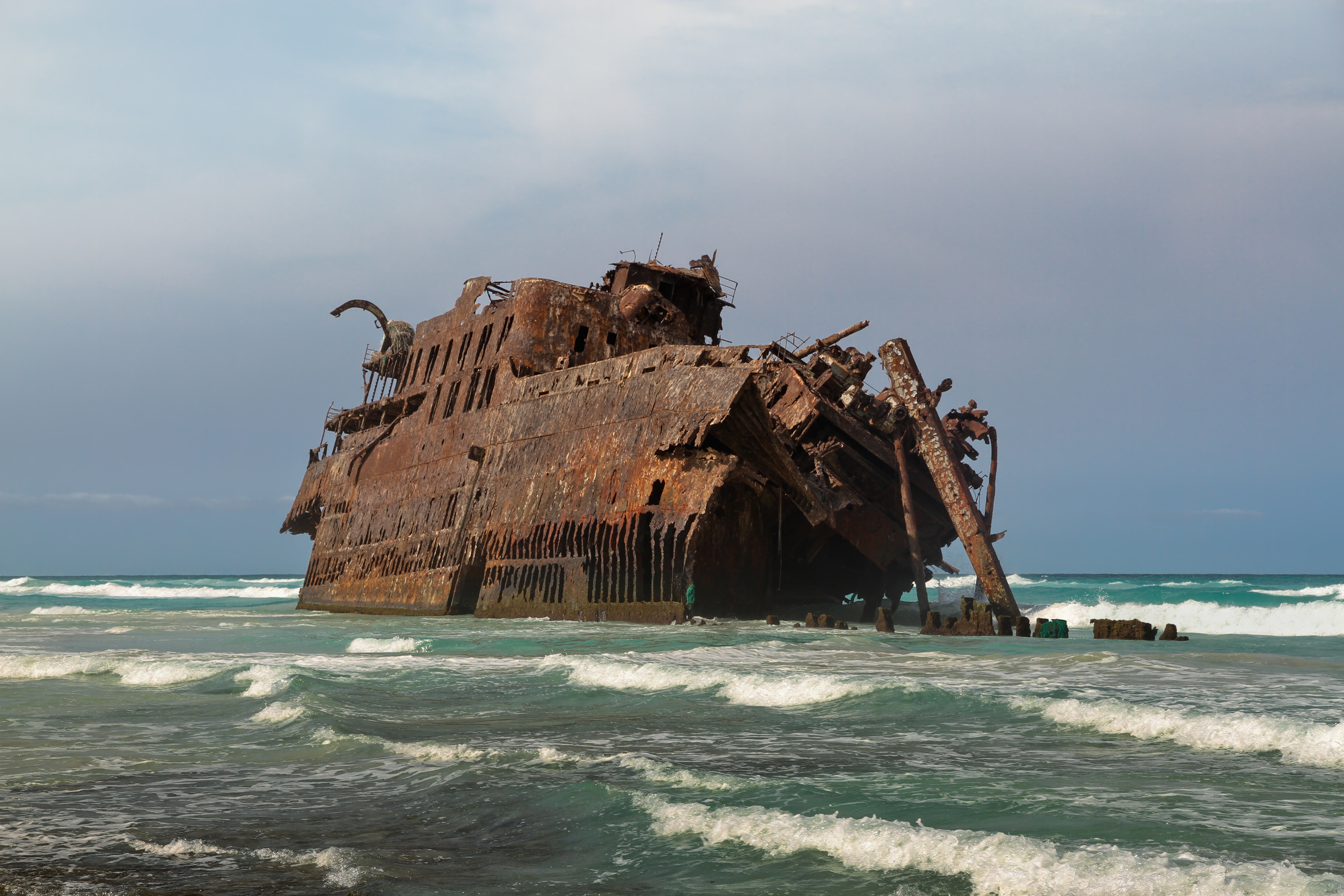
On Christmas Day, December 25, 1492, the Santa Maria ran aground off the north coast of Hispaniola, near present-day northern Haiti. Accounts describe a slow-motion crisis rather than a dramatic break-up: a stuck ship, a rising swell, and a commander forced into triage. By morning the decision was clear – strip the vessel, save what you can, and turn wreckage into shelter. The timbers were salvaged to build a small outpost later called La Navidad, a desperate conversion from flagship to frontier fort.
Archaeologists have searched this coastline for generations, but tropical seas are unkind to oak and pine. Warm waters invite shipworm, storms rearrange seabeds, and centuries of hurricanes move sand like a restless blanket. That combination likely erased most structural evidence of the Santa Maria itself, even if some hardware or ballast still lies buried. What remains is more narrative than artifact: a grounded ship that became a makeshift colony, then a cautionary tale when the outpost did not survive.
Niña and Pinta: Homeward in a Hurry
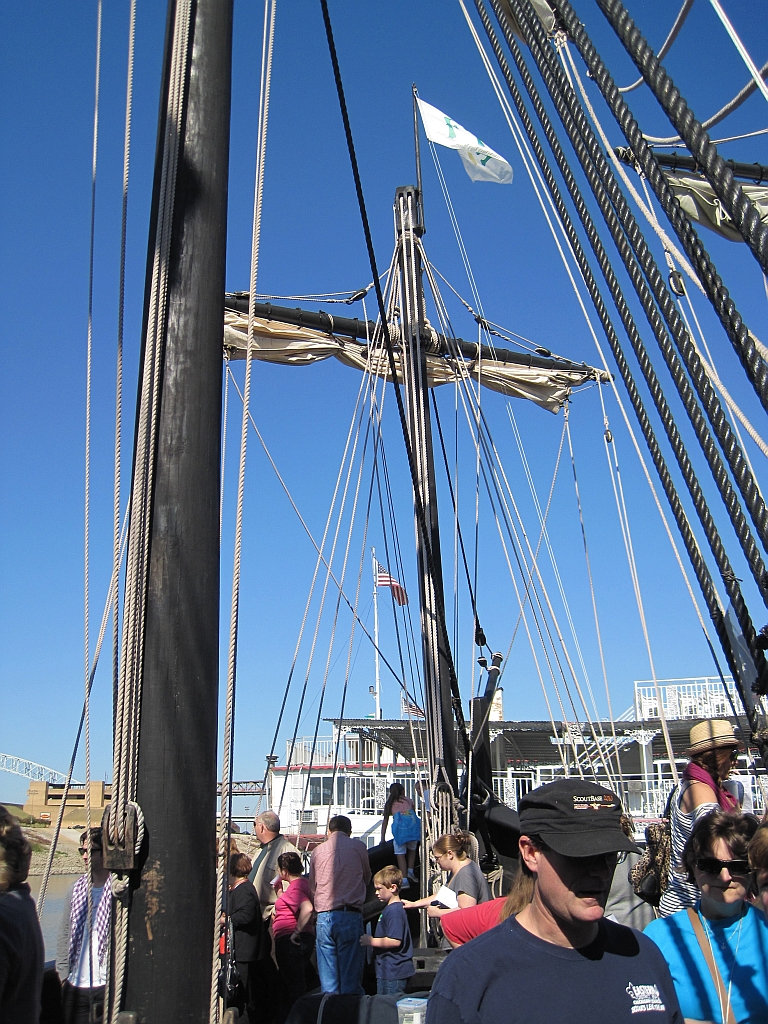
While the Santa Maria surrendered to the reef, the two caravels – Niña and Pinta – turned toward Spain loaded more with stories than treasure. They endured Atlantic tempests, a frantic stopover in the Azores, and the precarious math of food, water, and morale. The Pinta reached port ahead of the Niña; the reunion was brief and tense, marked by competing claims of credit and command. In the official record, the ships survive the journey; in the archives that follow, they start to fade.
The Niña and Pinta likely continued to work as ordinary vessels after their headline voyage, pressed into the rough-and-ready life of Iberian trade and exploration. Caravels were sturdy and adaptable but not immortal, and few small working ships of that era left tidy paper trails. Most likely, each was repaired, altered, and eventually broken up or lost, the way countless humble craft meet their end. Their fame, paradoxically, outlived their wood.
The Hidden Clues
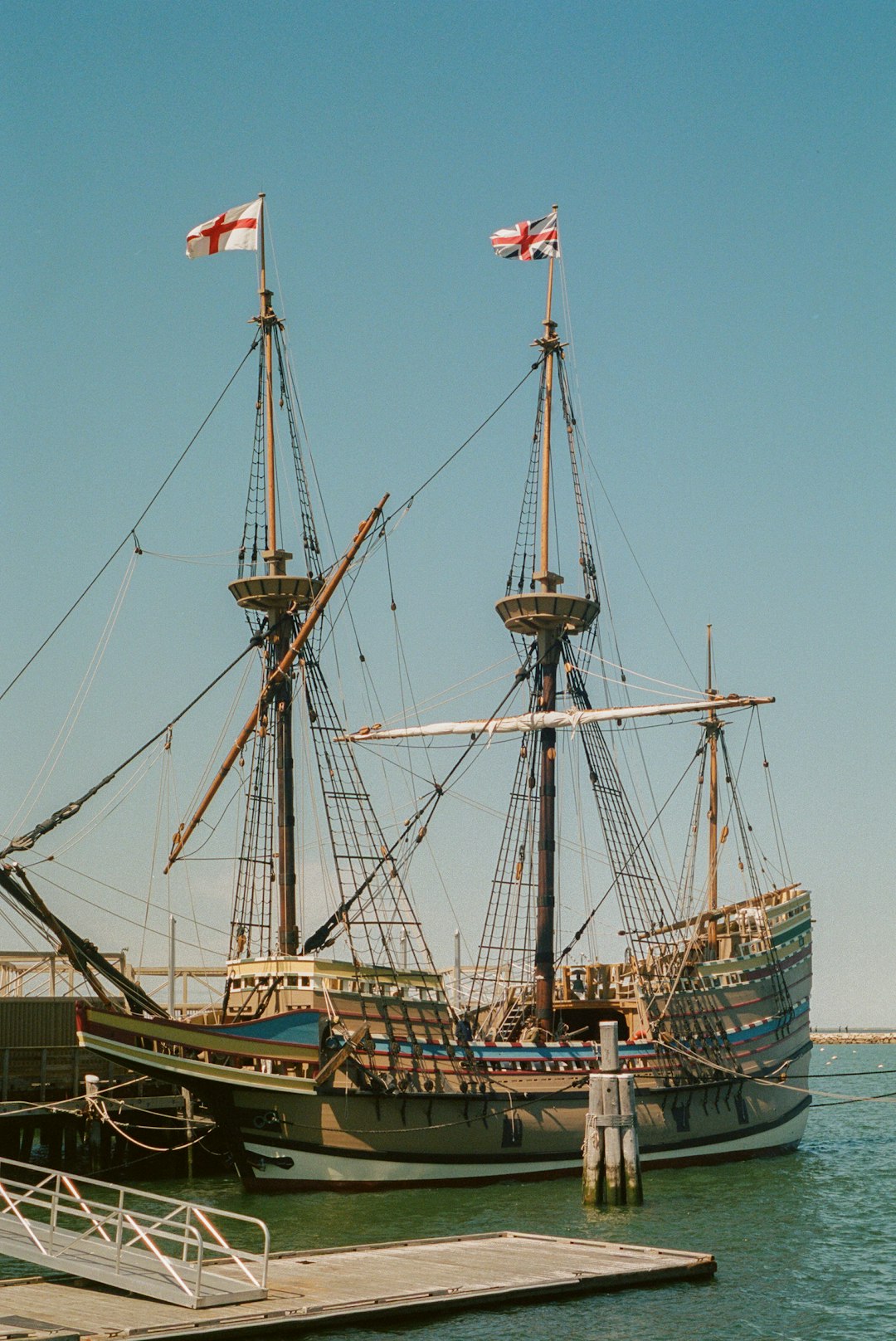
When the sea swallows a ship, it scatters evidence across layers of time. Researchers hunt not only for hulls but for ballast piles, iron fasteners, ceramic shards, and the chemical fingerprints of old wood. Subtle clues accumulate: the angle of a reef scar, a line of copper pins that’s out of period, a nail head that whispers a later century. One wrong material can overthrow a thrilling claim; a single correct pattern can keep a hypothesis alive.
In this kind of investigation, the little things matter. Dendrochronology can sometimes date timbers; isotope analysis can hint at where that wood grew; and photogrammetry can stitch thousands of images into a measurable 3D model. Even sediments help, preserving layers of storm debris like tree rings of the seafloor. It’s the scientific equivalent of reading a palimpsest – scraped, overwritten, yet still legible if you know what to look for.
From Ancient Tools to Modern Science

Early treasure hunters leaned on luck, a good compass, and strong lungs. Today’s teams deploy side-scan sonar for seafloor textures, magnetometers to spot buried ferrous metal, and sub-bottom profilers that peek beneath sand waves. Autonomous and remotely operated vehicles carry high-resolution cameras and lasers, mapping wrecks with millimeter precision. With each pass, algorithms clean noise from signal until a shadow becomes a probable hull line.
Once on site, archaeologists move as cautiously as curators, favoring documentation over disturbance. They log exact coordinates, record micro-stratigraphy, and take tiny samples for lab work. Conservation specialists stand by, ready to stabilize artifacts that hate air, especially waterlogged wood and corroded iron. The goal is not to haul trophies ashore but to capture context, because in maritime archaeology, context is often the only thing that can’t be rebuilt.
Global Perspectives
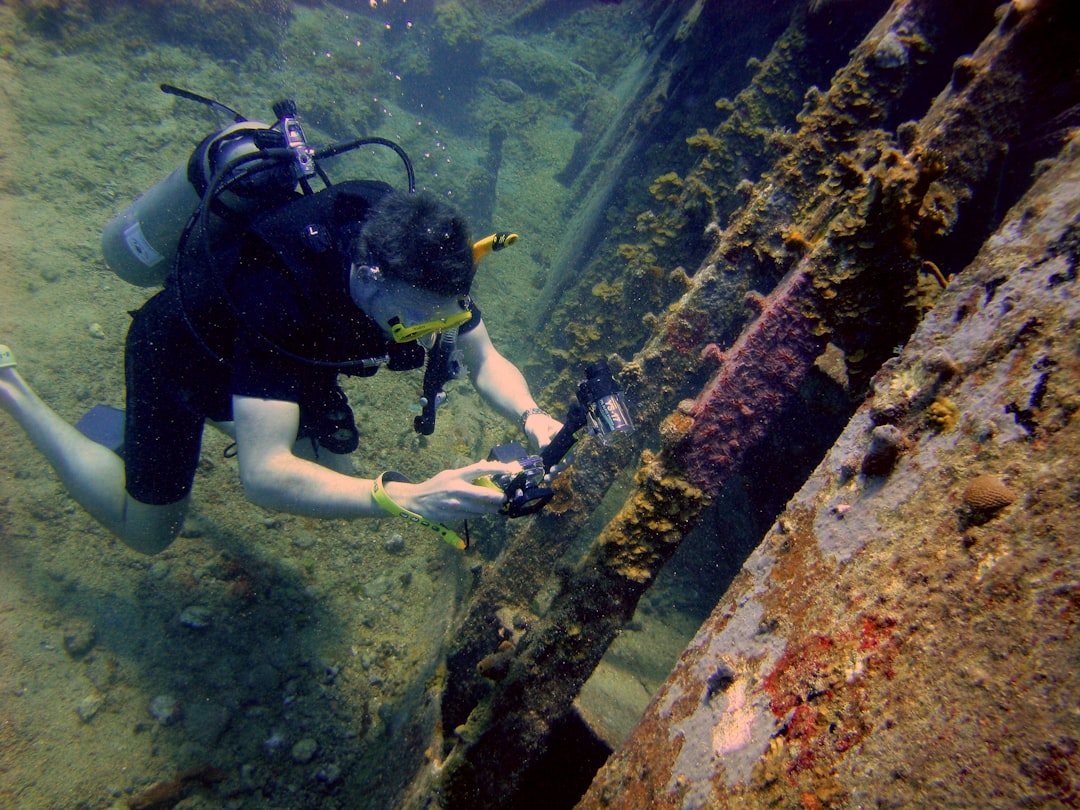
These wrecks sit at the intersection of science, memory, and sovereignty. Coastlines where searches unfold – Haiti, the Dominican Republic, and wider Caribbean waters – carry the historical weight of first contact and the lived consequences that followed. Local communities want research that respects heritage and brings tangible benefits, not just headlines for faraway audiences. Scientists must navigate not only currents and coral, but politics and the ethics of telling a complicated story.
International guidelines for underwater cultural heritage emphasize careful methods, public reporting, and collaboration with host nations. That framework helps keep speculation in check and ensures that recovered objects, if any, remain part of shared history rather than private collections. It also reminds us that wrecks aren’t isolated curiosities; they’re part of marine ecosystems that need protection. A ship can be both an artifact and a reef, home to fish and coral that know nothing of empires.
Why It Matters

The fate of the three ships is not just a maritime whodunit; it’s a lens on how we build – and correct – our origin stories. For centuries, heroic narratives overshadowed the human costs that followed those landfalls, especially for Indigenous peoples. Careful, transparent science forces a fuller account: what exactly happened, where, and with consequences for whom. The best archaeology doesn’t simplify the past; it makes it harder to ignore.
There’s also methodological value. By testing bold claims against hard evidence, researchers refine tools that apply to countless other wrecks, from colonial traders to slavers to immigrant steamers. Each success in dating a nail or modeling a buried keel improves the playbook for future recoveries. In a field where nature erases as fast as it reveals, better methods are a moral imperative.
– Roughly about one third of candidate “discovery” announcements in this arena falter when materials testing contradicts the proposed date.
– In the tropics, wood-consuming shipworm can skeletonize exposed planking within one to two years, making early and precise documentation crucial.
– The vast majority of authenticated wreck identifications rely on multiple converging lines of evidence rather than a single artifact.
The Future Landscape
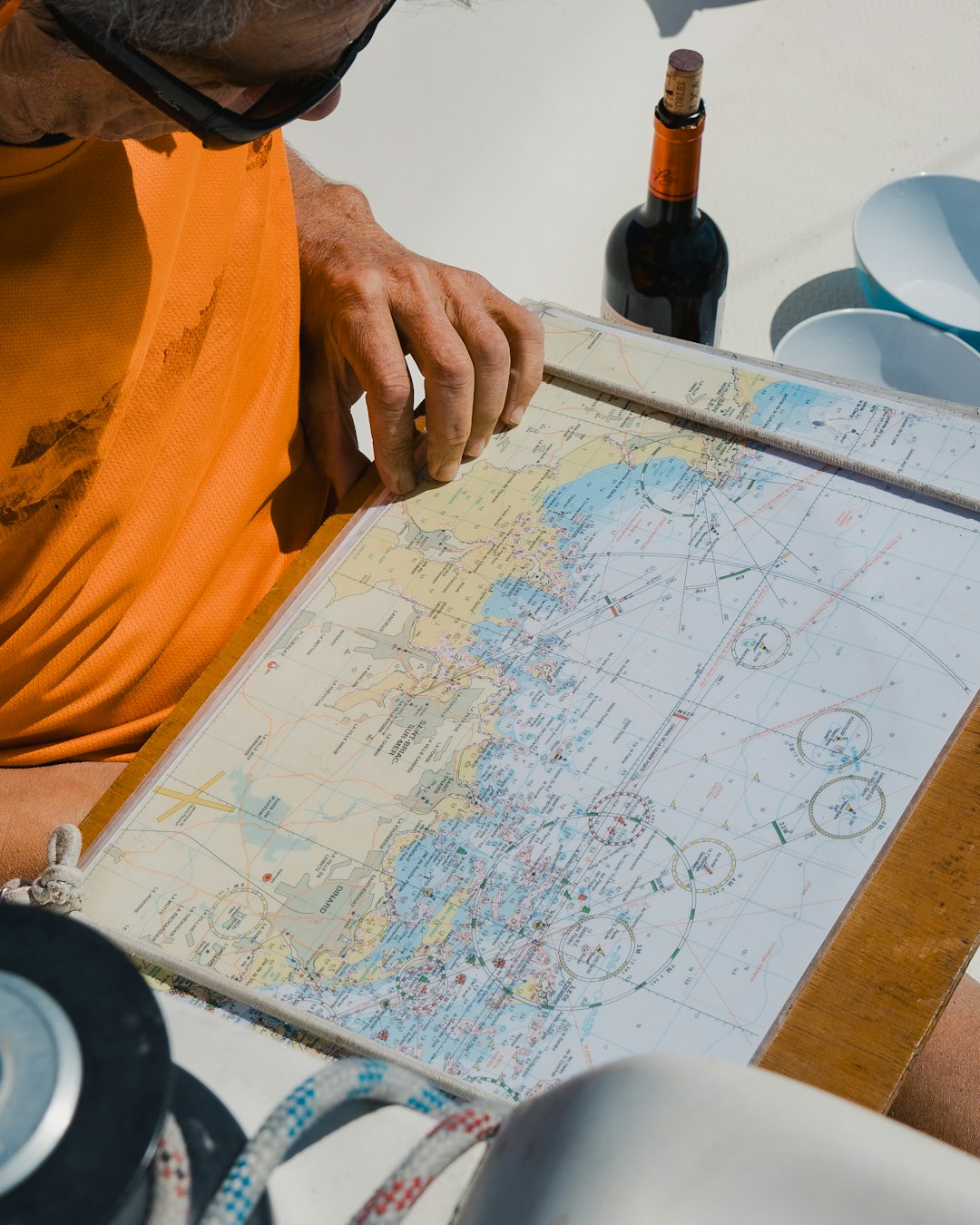
The next leap will come from pairing smarter sensors with patient fieldwork. Wide-area seabed mapping is getting cheaper, and machine learning can flag suspicious anomalies in hours instead of months. Shallow-water satellite imagery and drone-based lidar will tighten the search grid along complex coasts. Even environmental DNA may one day help detect traces of specific wood species in sediments, narrowing candidates without a single dive.
But the ocean keeps its secrets. Sea-level rise, stronger storms, and coastal development will churn sediments and complicate access, sometimes exposing sites and sometimes smothering them. Funding tends to chase headlines, yet the most meaningful progress often comes from long, quiet surveys and meticulous archives work. The probable outcome for the three ships is sobering: one wreck already dismantled for a fort, two working boats that vanished into ordinary history, and no silver-bullet artifact to settle every argument.
How You Can Help

Start by supporting science that privileges evidence over spectacle. Museums and maritime heritage programs increasingly publish open field reports, host community briefings, and invest in conservation labs – back those efforts when you can. If you visit coastal sites, respect protected zones and leave artifacts where they are; a misplaced object loses its scientific story. Stay skeptical of splashy “found at last” headlines until peer-reviewed assessments appear.
Consider volunteering with local shoreline cleanups or citizen-science mapping projects that document erosion and storm impacts; those datasets can inform archaeology as much as ecology. Educators can fold nuanced maritime history into curricula, centering Indigenous perspectives and the ethics of exploration. And if you donate, prioritize organizations that collaborate with host nations and train local divers and conservators, keeping knowledge and stewardship where the heritage lives.

Suhail Ahmed is a passionate digital professional and nature enthusiast with over 8 years of experience in content strategy, SEO, web development, and digital operations. Alongside his freelance journey, Suhail actively contributes to nature and wildlife platforms like Discover Wildlife, where he channels his curiosity for the planet into engaging, educational storytelling.
With a strong background in managing digital ecosystems — from ecommerce stores and WordPress websites to social media and automation — Suhail merges technical precision with creative insight. His content reflects a rare balance: SEO-friendly yet deeply human, data-informed yet emotionally resonant.
Driven by a love for discovery and storytelling, Suhail believes in using digital platforms to amplify causes that matter — especially those protecting Earth’s biodiversity and inspiring sustainable living. Whether he’s managing online projects or crafting wildlife content, his goal remains the same: to inform, inspire, and leave a positive digital footprint.




